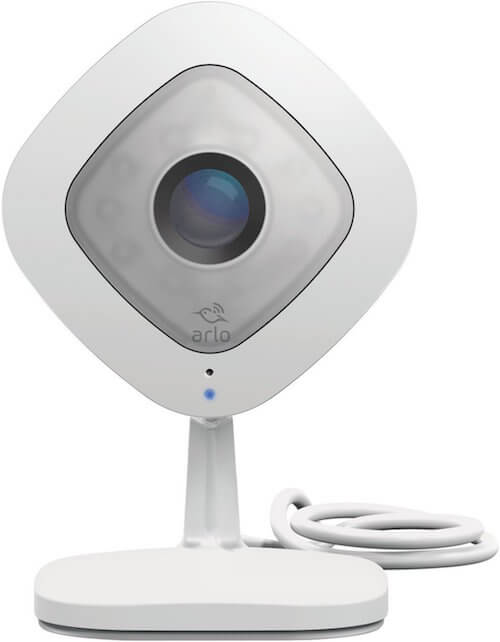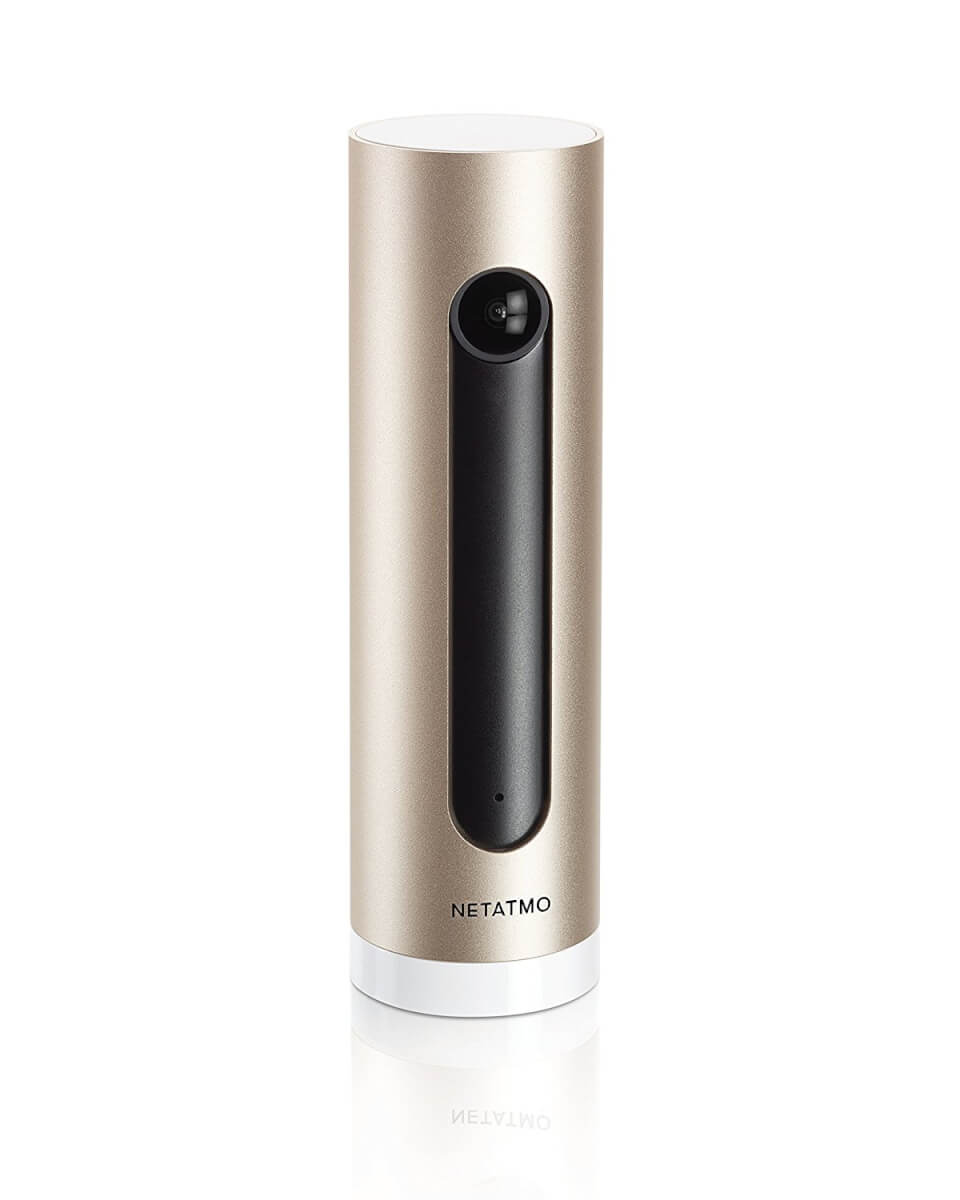They say you can’t be everywhere all at once. This may be true, but what if you could keep eyes on your house no matter how many miles away you are? Wireless security cameras for home provide this ability.
Whether you just want to keep a watchful eye on your property, check in on your dog’s sleeping habits, or see when a package arrives at the front door, wireless security technology makes it all possible. But today’s options for wireless security cameras for home can be daunting.
Check out our beginner’s guide to wireless security cameras for home. We’ll take a look at 6 of the key criteria to evaluate any home security camera.
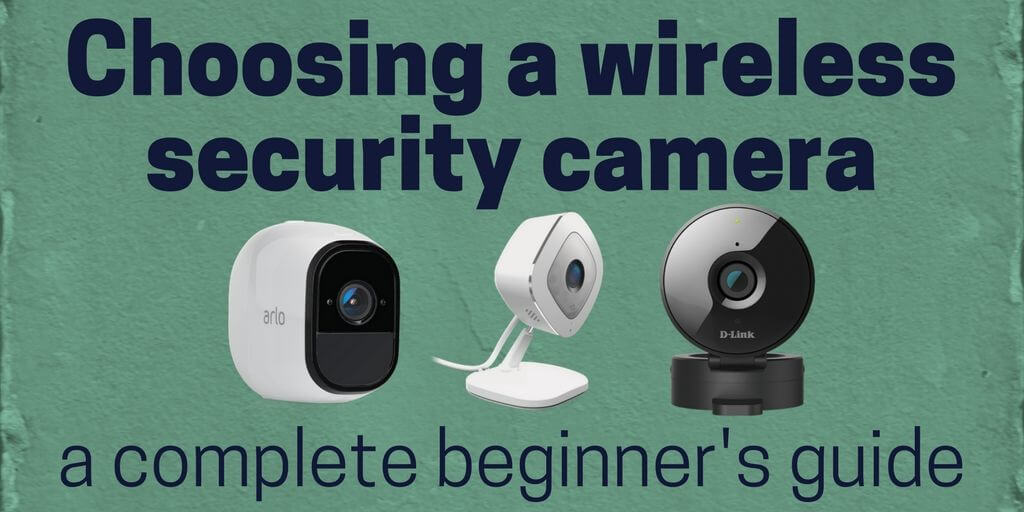
Table of Contents
Wireless Security Cameras for Home
Affiliate Disclosure: This page contains affiliate links, which earn us commission at no cost to you.
Before purchasing a wireless security camera, review the following features.
- Indoor vs outdoor
- Cloud vs SD card storage
- Video quality
- Two-way audio
- Power supply
- Continuous video recording
- Other
We will walk through each of these features below to help guide you as you begin shopping for a wireless security camera.
Indoor vs Outdoor
First things first, where do you plan to put this camera? Wireless security cameras for home are pitched under two main categories – indoor and outdoor.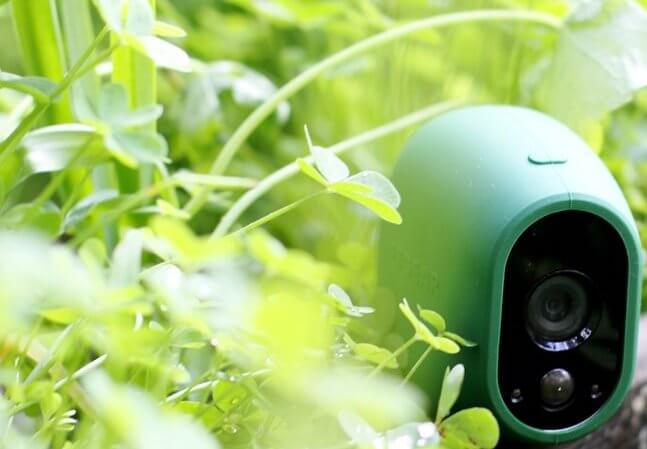
These two categories of wireless security cameras for home often have similar features, but outdoor cameras are more rugged. They have to survive varying weather conditions while also keeping away intruders tampering with the unit. As a result, these units may not be as streamlined or inconspicuous as some indoor camera models. This can be a good thing if you want the unit to be a visible deterrent to would-be thieves.
Indoor cameras, on the other hand, are often more low-profile and less obvious than their outdoor-counterparts. This makes sense, since many people don’t want the aesthetics of their home interrupted by the presence of a security device. Whether indoor or outdoor, there are plenty of reasons to hide a security camera.
Choose a security camera that fits your intended purpose – an outdoor camera for exterior home monitoring, or an indoor unit for internal observation. Or, pair both types of camera for full surveillance capabilities.
Our favorites:
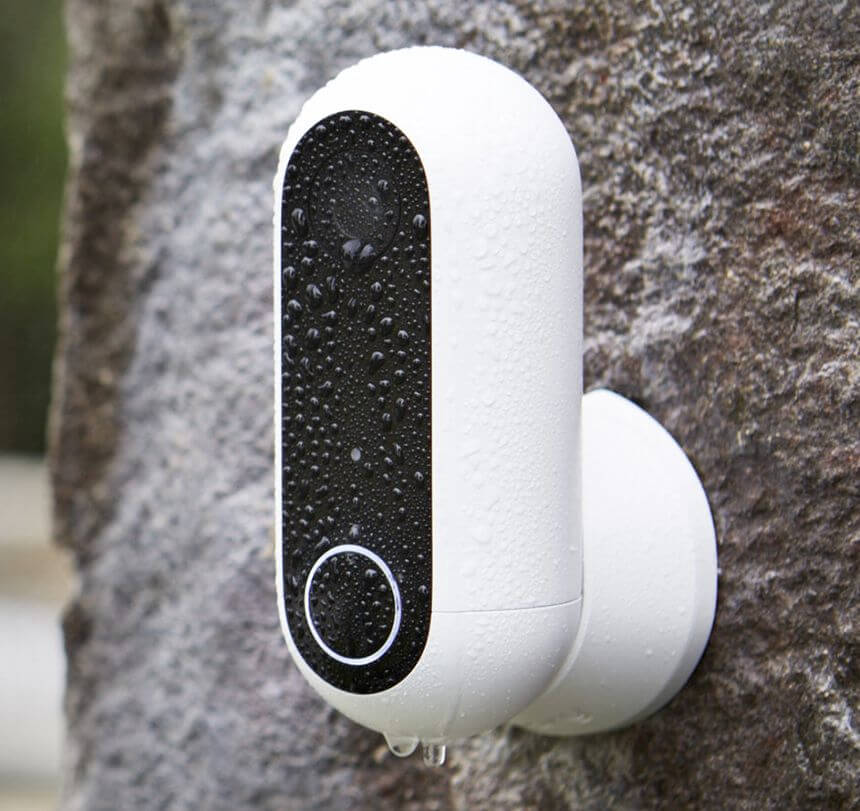
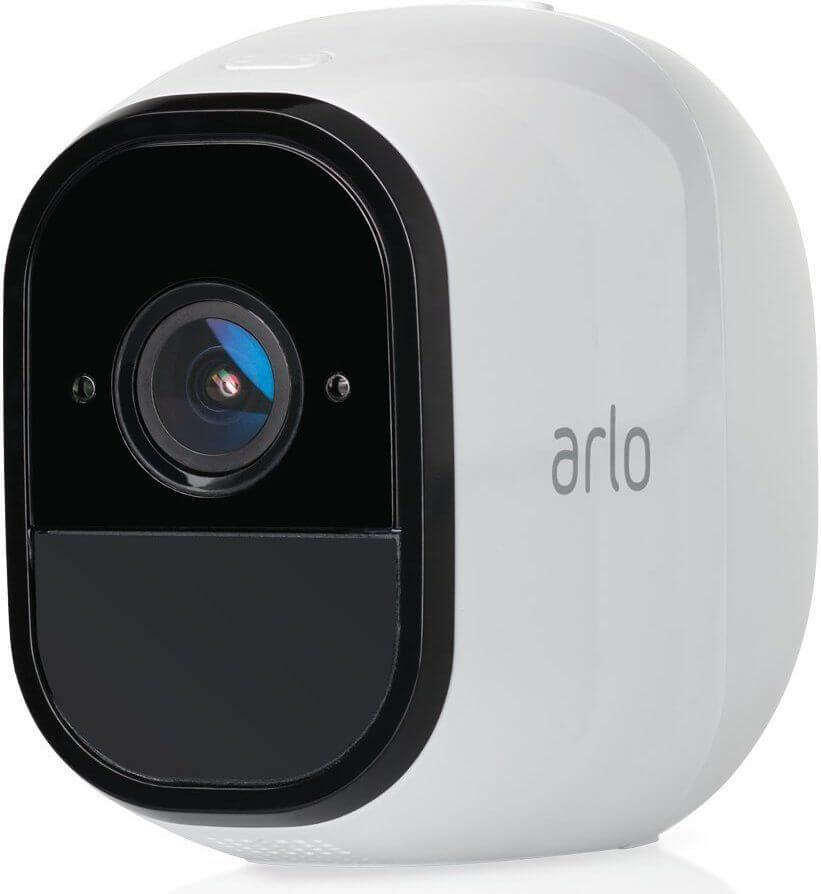
Cloud vs SD Card Storage
Your wireless security camera works hard to capture everything around your house, and all that footage needs to go somewhere. There are two main ways that today’s wireless security cameras for home store video: in the cloud, or on an SD card.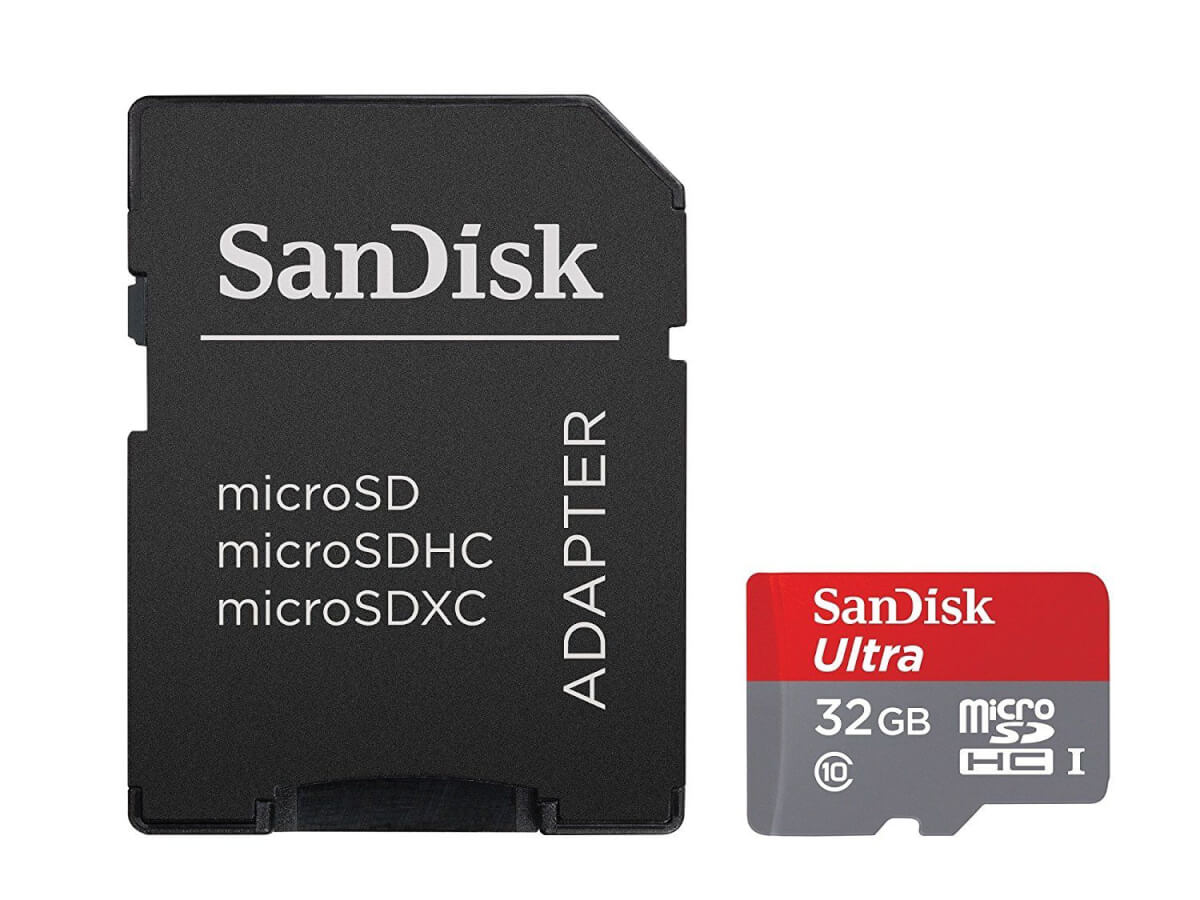
Video storage in the cloud is useful if you want to keep a bank of video history. It also automatically writes over the old footage, so you don’t have to worry about running out of space like on an SD card. The cloud provides an extra layer of protection, since an intruder cannot remove the SD card (or snatch the entire unit) – taking all video evidence along with it. The downside to cloud storage is that some units require paid storage fees and will only retain history for a specified period of time. You are also dependent on the camera manufacturer’s servers, so you want them to remain secure and dependable.
With an SD card, you maintain all video history within your control, without relying on third-party servers. However, you’ll want to make sure that you monitor the space left on your SD card, or else your camera may begin overwriting video history from the beginning of the card’s memory or stop recording altogether.
To enjoy the best of both worlds, we like cameras that offer both options.
Our favorites:
- Cloud: Arlo Pro
- SD Card: Vimtag 361
- Both: Amcrest Pro HD
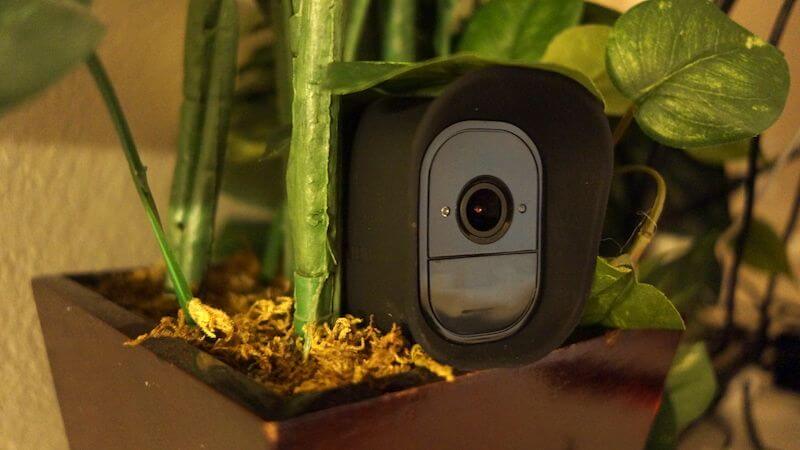
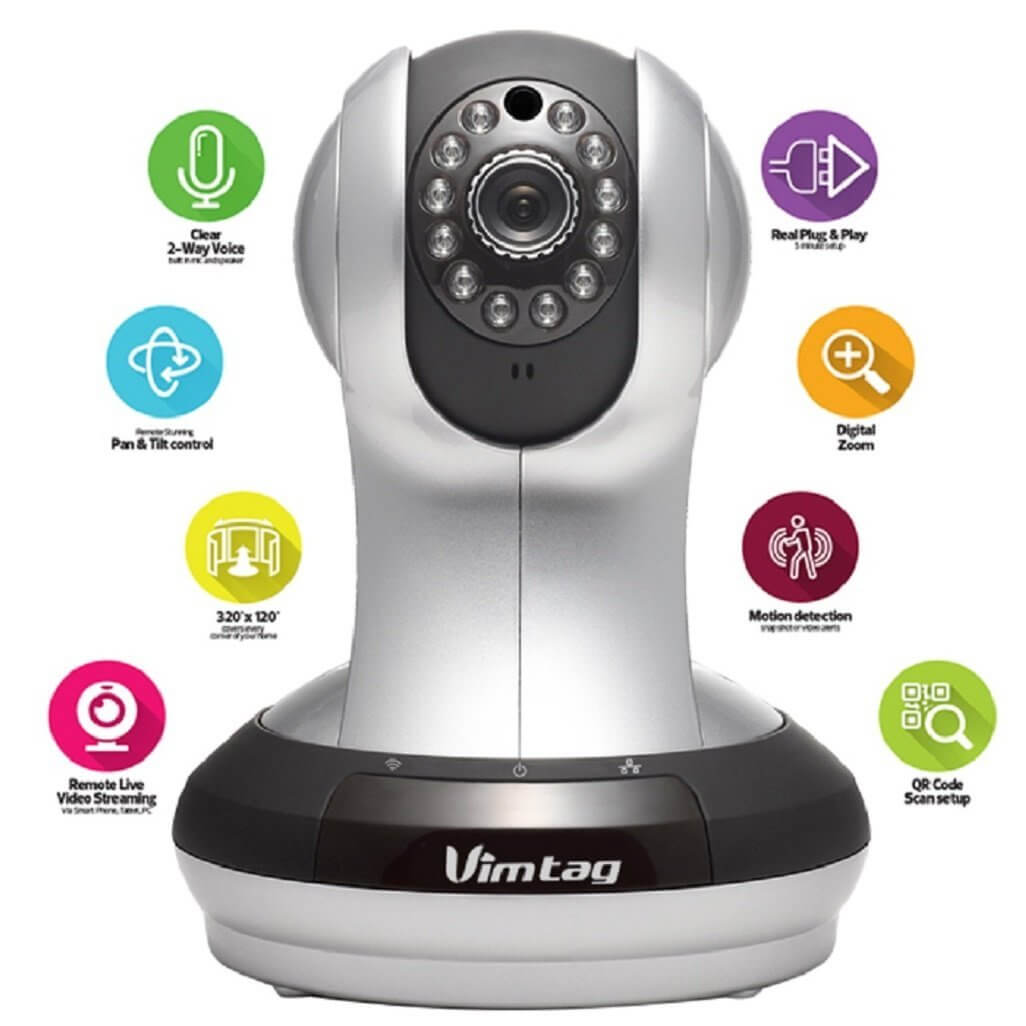
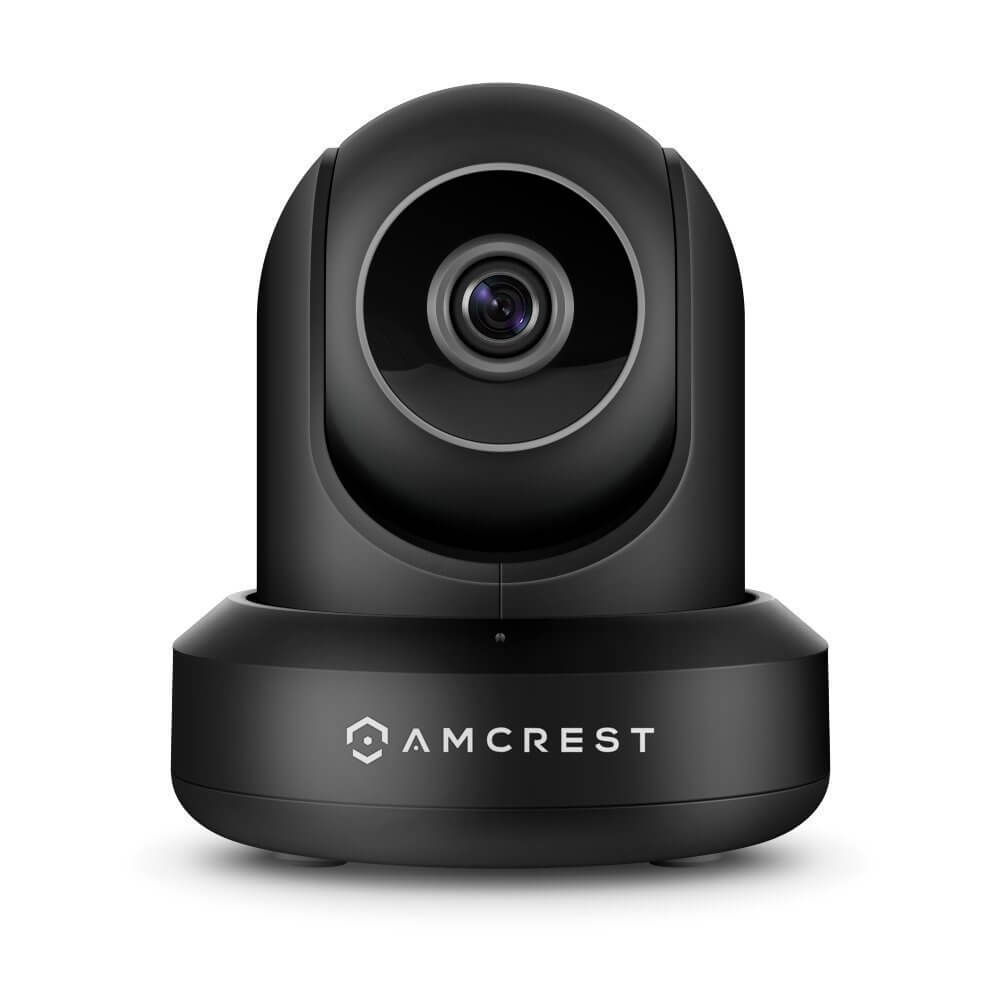
Amcrest Pro HD, which has a built-in SD card, and also offers 4 hours of free cloud storage, is a good option if you want both types of storage. While its included 4 hours is not very long, it allows you to look back on events from the past few hours – and you’ll have the SD card for more exhaustive recordings. Additionally, you can pay for upgraded cloud storage plans that allow you to save more history.
Video Quality
When choosing wireless security cameras for home, you want to find a unit that will deliver quality video resolution in a variety of lighting conditions. Fortunately, most cameras today feature high-quality recordings that offer night vision and can adapt their quality based on the lighting.
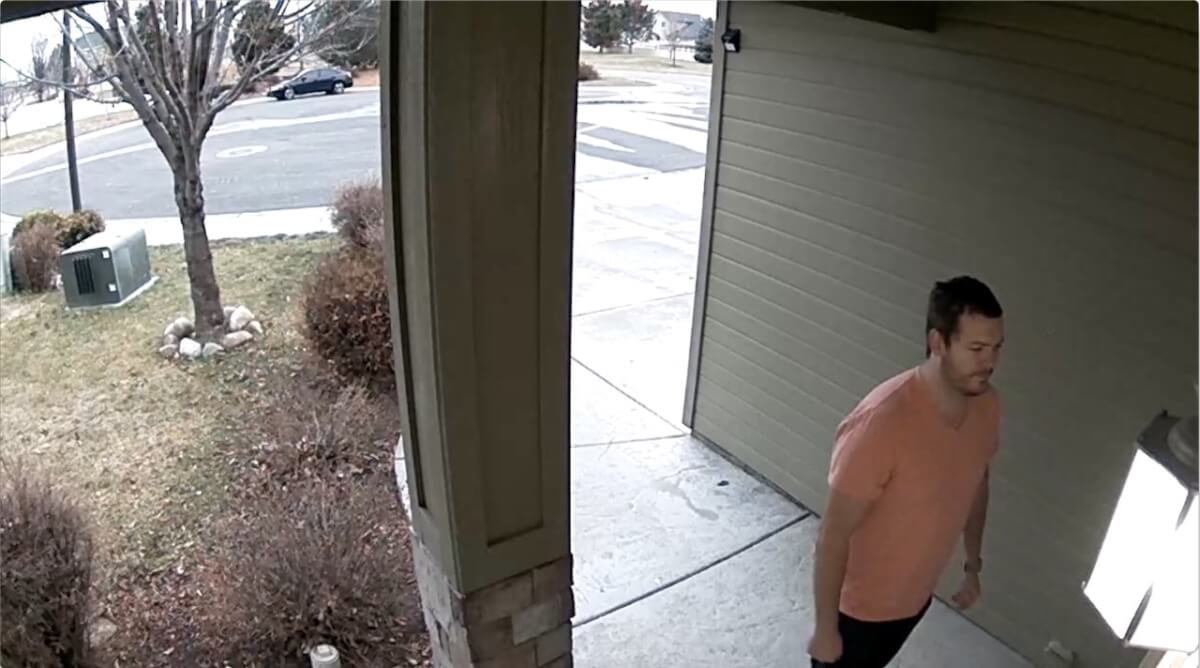
High quality footage
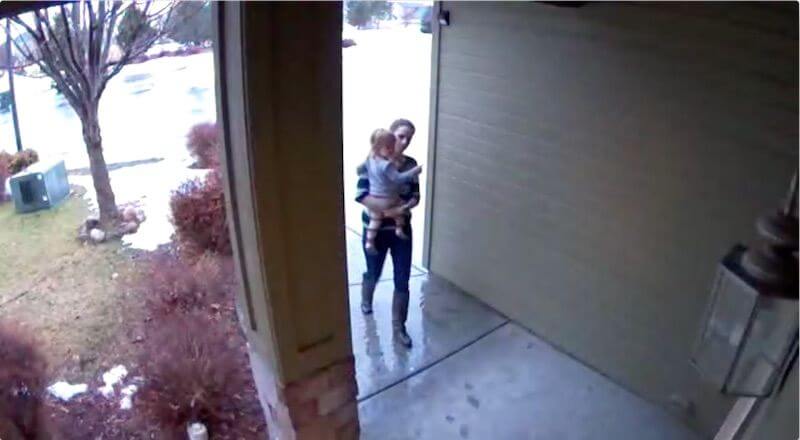
Medium or low quality footage
Most high-end cameras have a resolution of either 720p or 1080p. More cameras are being developed with 1080p technology, but that doesn’t always mean that 1080p is the way to go.
The detail offered by 1080p is great if you want really clear footage with a lot of detail. You’ll see clearer, crisper images. Small elements, like text will be more readable. This kind of footage can be important when identifying someone who broke into your home. However, all this detail means that your video footage will take up more storage space and cause longer upload times if you’re streaming the footage.
So, pick 1080p if you’re really into capturing the details. Go with 720p if you can sacrifice the detail for more storage and faster streaming.
Our favorites:
- 720p: Vimtag 361
- 1080p: Arlo Q
Two-Way Audio
It used to be that a security camera was a silent sentry in your home, but many of today’s wireless security cameras for home allow you to speak through the unit. This capability is very useful for reminding your teenager you can still see them, or saying hello to your pet while on your lunch break.
In some instances, this capability has even been used to scare off intruders. Some Nest security camera users have uploaded video in which they yelled at would-be robbers to get out of their home – and it worked.
Our favorite:
- Two-way audio camera: Logi Circle
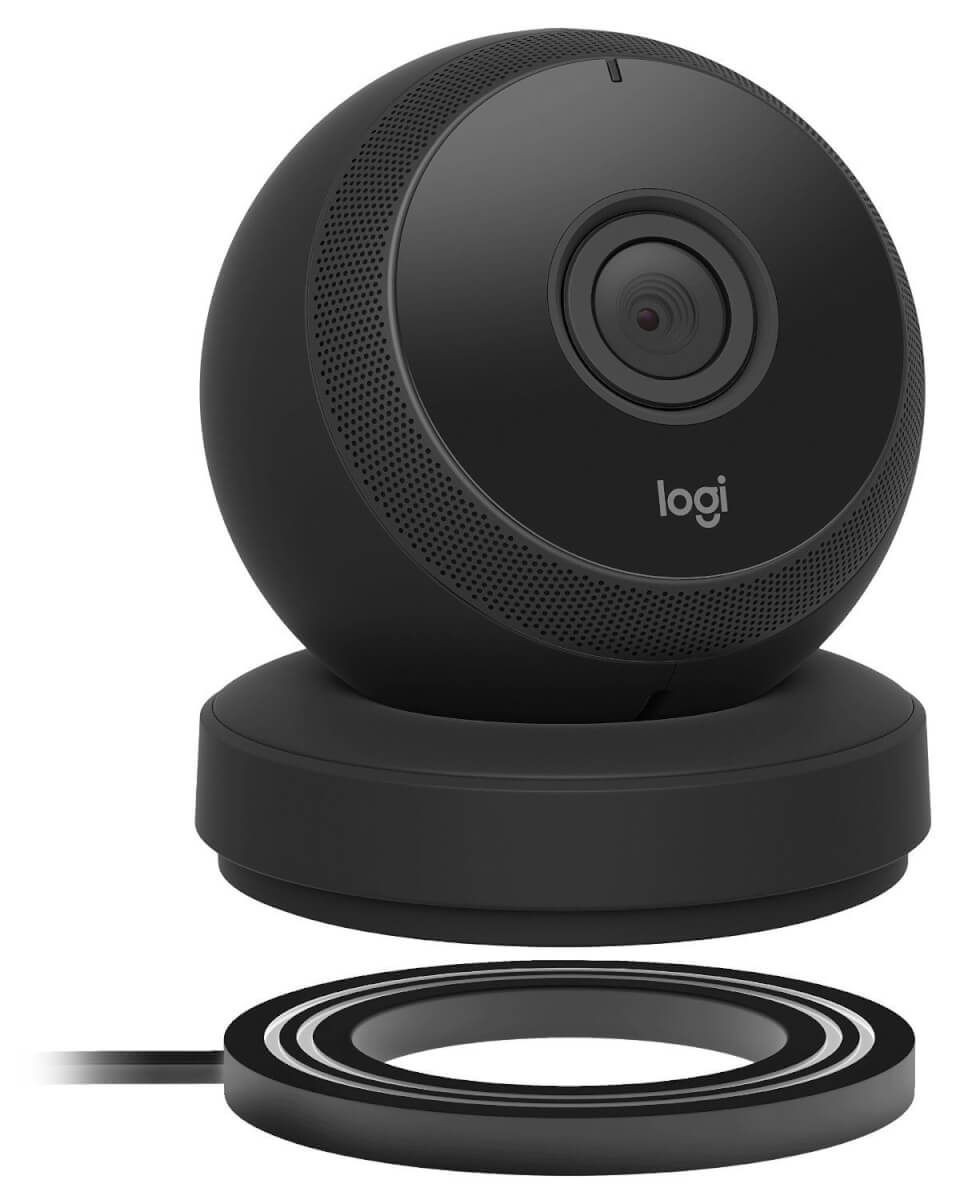
Power Supply
Deciding on the location of wireless security cameras for home use may involve factoring in the type of power supply the unit relies on. Some cameras are battery-operated, while others need to be plugged into an outlet.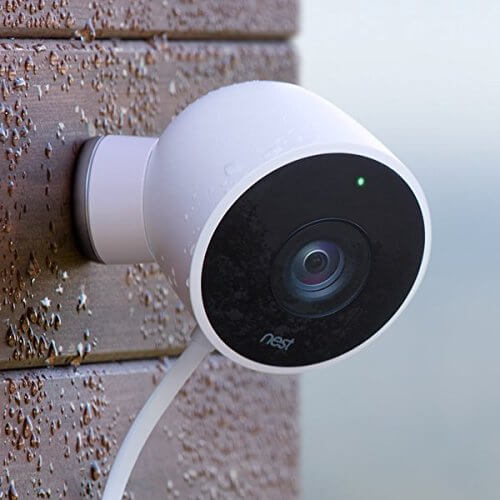
You might like the freedom and flexibility to set a battery-powered unit anywhere in a room, without worrying about whether the cord will reach an outlet. However, remember that this means that you’ll need to keep an eye on battery levels and be prepared to recharge or replace as needed. The specific rate of battery consumption will depend on the unit, temperature, and type of footage (1080p and night vision require more battery power).
Cameras that need to be plugged in won’t be dependent on having a set of fresh batteries, but you will be more limited in terms of where the camera is positioned in the room. Additionally, in the event of a power failure, a unit without a battery backup becomes useless until power is restored.
Our favorites:
- Battery: Canary Flex
- Outlet with Battery Back-Up: Piper nv


Continuous Video Recording
Some cameras stream continuously, while others rely on motion triggers to begin a recording sequence. Continuous recording is typically found on a unit that uploads video to the cloud, which may mean monthly fees. It definitely means your unit has to be plugged in and have WiFi for continuous recording.
Cameras that only record when motion triggers them are usually battery-powered and rely on cloud or SD storage. However, you won’t get an up-to-the-minute feed of what is happening in your home, and the recording is only as good as the sensitivity of the motion detector. This can mean slight delays in recordings or notifications because it takes an extra second for the camera to “wake up” before it begins recording.
Our favorites:
- Constant Streaming: Nest Cam
- Motion Triggers: Netatmo Welcome
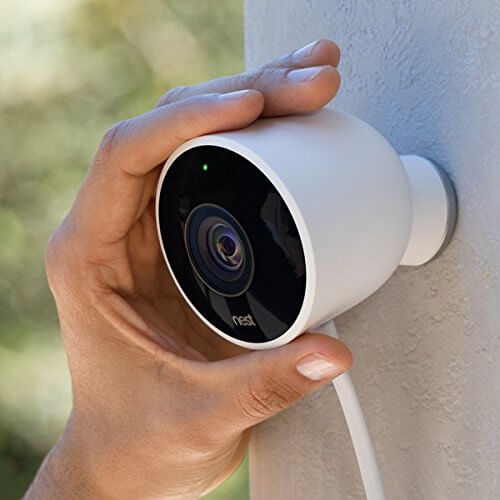
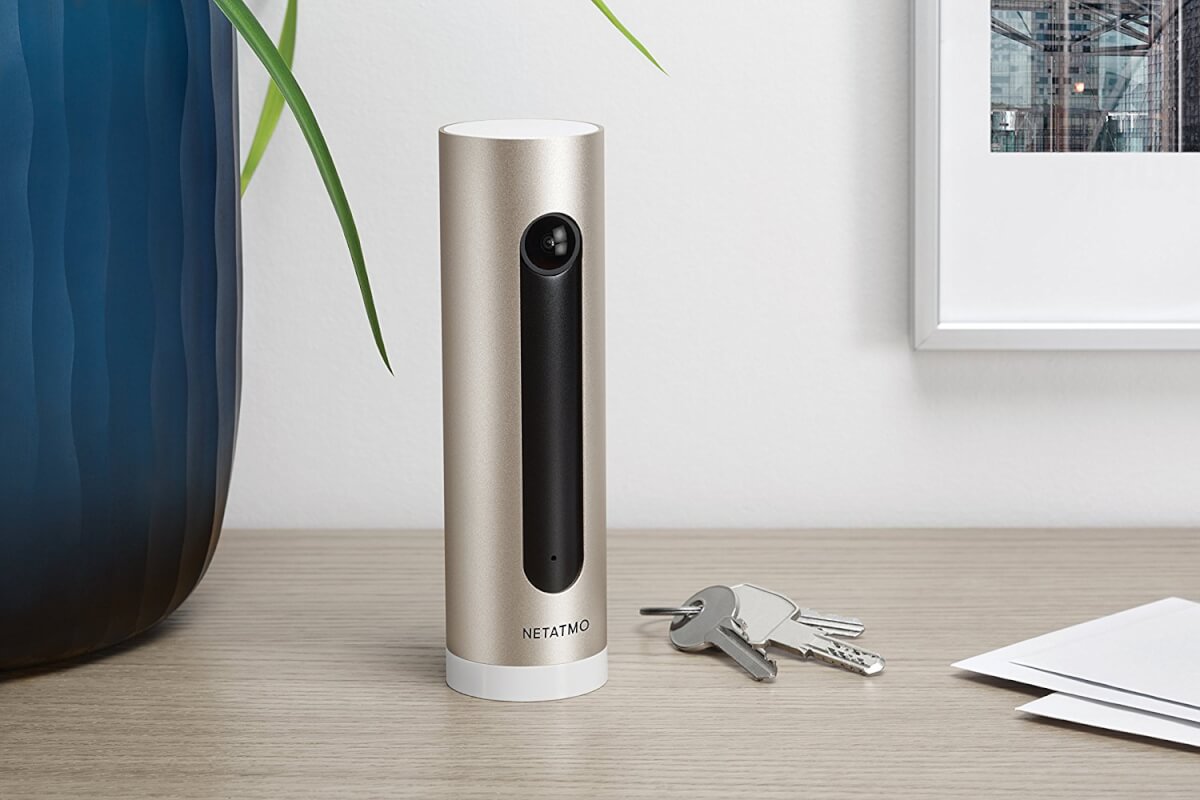
Other Features Worth Noting
In addition to the above factors when purchasing wireless security cameras for home, you’ll also have some other features to consider. Depending on your intended use, you may decide that one of these is a must-have feature for your home.
- Night Vision
If you want to be able to see nighttime events clearly, you’ll need to look for a camera with night vision. Fortunately, many models have this capability, but take note of the range given for nighttime surveillance. Since cameras rely on infrared light to capture events in the dark, expect to only be able to see events up to 20’ away. The quality of infrared also varies with different cameras, so make sure you read reviews and check out screenshots before purchasing.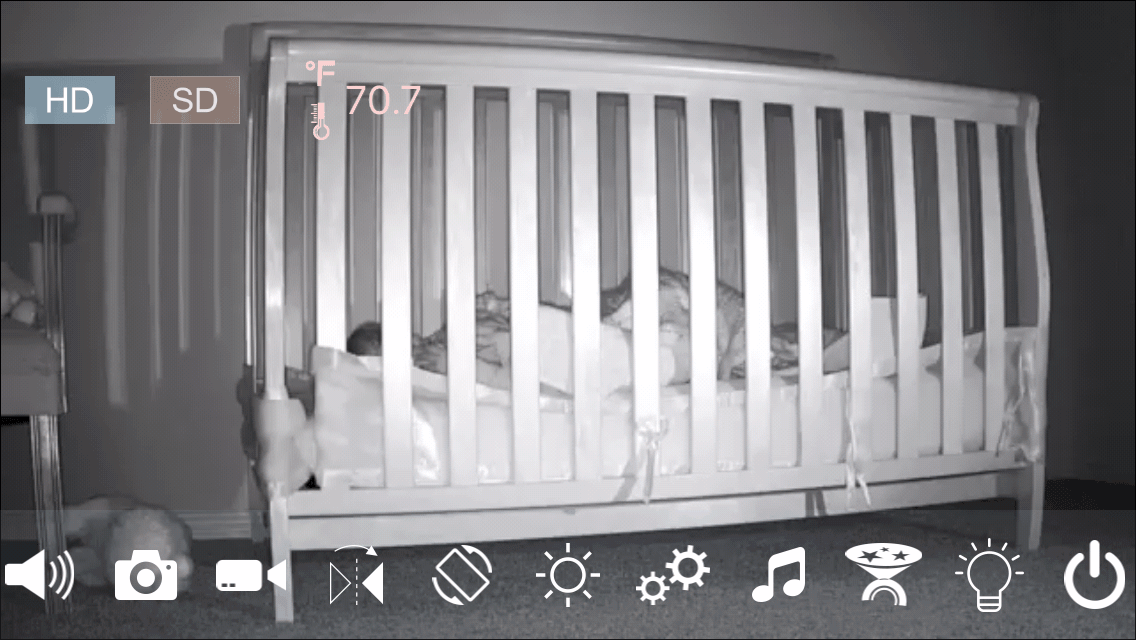
Some users report that the faint glow from the infrared light can be bothersome. Night vision cameras may not be ideal if you will use the camera where you’ll be sleeping.
- Wide-Angle Lens
Some security cameras have a wide-angle lens. It is not uncommon to see a 130-degree field of view in many models. This means more coverage for your home without needing more cameras. Additionally, some cameras can pan or tilt – further expanding the field of view.
- Cell Phone Alerts

Since you probably won’t be watching your security footage all the time, most WiFi-equipped models of home security cameras will send you alerts to your smartphone when a motion-triggered event has been recorded. You can then review the sequence immediately and take appropriate action.
Where the cameras vary is in the types of alerts. For example, the Netatmo Welcome has facial-recognition software that will alert you by text message when someone enters the room. Individuals which the system recognizes will be identified by name, whereas strangers will trigger an alert that an “unknown face” was seen.
Choosing the right wireless security camera for home use really depends on your security needs and personal preferences. For a full review of the latest and greatest in wireless security cameras for home, see our comprehensive comparison here.
